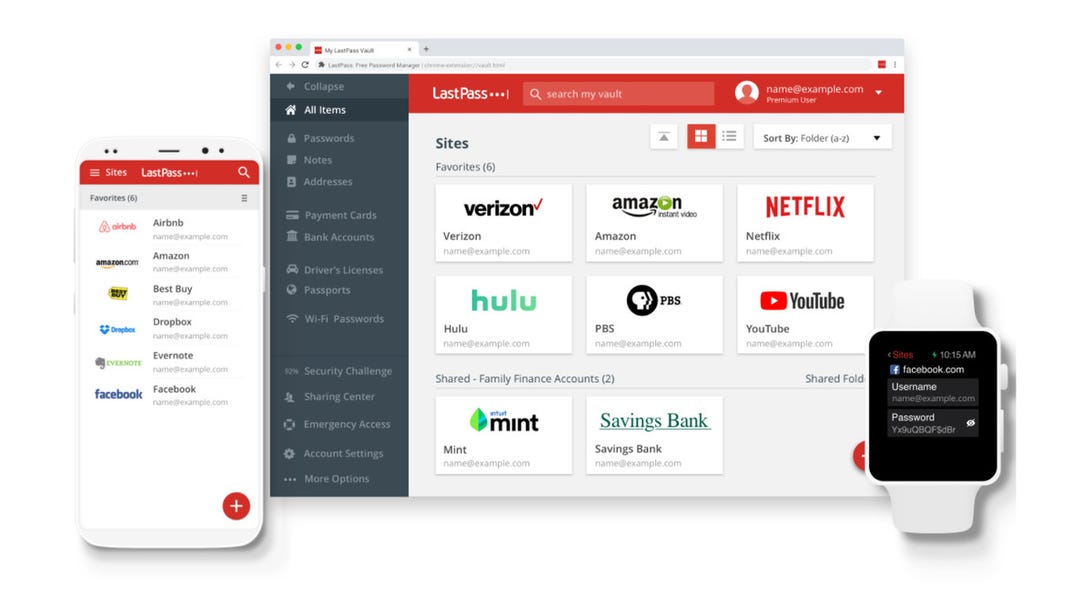It’s the season of new beginnings and fresh starts: Spring cleaning, the outdoors, weddings, gardening and… real estate.
But in a housing market marked by high mortgage rates, low housing inventory and steep home prices, we still haven’t seen a typical spring homebuying season.
Though mortgage application volume is higher than it was last fall when home loan rates peaked above 8%, it’s still 10% lower than it was last year.
As temperatures go up in 2024, experts anticipate a somewhat healthier spring market, with inventory and home listings growing. So far, however, it hasn’t been such a great kickoff: In April, the average rate for a 30-year fixed mortgage pushed back above 7% in response to hot inflation data.
But context is critical, according to Logan Mohtashami, lead analyst at HousingWire. “Last year was the all-time low in new listings data,” he said.
Here’s a look at how the spring market is shaping up and what buyers can do to navigate it successfully.
Why is spring the season to buy and sell a home?
There are several reasons behind the rush of home listings and sales in the springtime and early summer months, according to Jeb Smith, realtor and CNET Money Expert Review Board member.
- Warmer weather: Better temperatures and more sunlight make it easier for buyers to go out, tour and inspect properties compared with the winter months.
- Timing with academic calendar: Families start the buying process so they can be settled into a new home before the start of their child’s school year in the fall.
- Greater inventory: With sellers motivated to sell due to an influx of motivated buyers, increased supply hits the market.
- Favorable to buyers and sellers: Buyers know there will be more choices available to them, and sellers take advantage of demand to list their homes at higher prices.
Why is today’s spring market different?
Beyond seasonal trends, the housing market is highly sensitive to broader economic shifts. Over the past two years, high inflation and surging mortgage rates have done significant damage to affordability for the average homebuyer.
From May 2019 to May 2023, average mortgage rates increased by more than 2%, causing a roughly 25% drop in home sales, according to data from Redfin. Homeowners who are currently “locked in” with low home loan rates have less incentive to sell, which keeps prospective buyers “locked out.”
Meanwhile, many prospective buyers are priced out of the market. According to Zillow, the monthly mortgage payment on a typical US home has almost doubled since January 2020. The average income needed to afford a home is now more than $106,500 — an 80% increase over four years — while the typical US household earns around $81,000 each year.
High mortgage rates also negatively impact existing housing inventory, said Daryl Fairweather, chief economist at Redfin. Because most sellers are also buyers, homeowners would rather hold onto their sub-5% mortgage rates than take out a new home loan at a 7% rate.
This “rate-lock” scenario — with sellers reluctant to give up their existing mortgage — is starting to loosen, according to Orphe Divounguy, senior economist at Zillow Home Loans. Homeowners have accrued substantial equity over the last period and are more motivated to cash in on it. “Any who were waiting for rates to fall have likely given up,” Divounguy said.
Who has the upper hand this season? Buyers or sellers?
Shrinking housing supply over the past several years has given sellers the upper hand. After all, you can’t buy what’s not for sale.
“In most areas of the country, we still have more buyer demand than inventory, which is typically indicative of a seller’s market,” Smith said. Because of that imbalance, many housing markets continue to be very competitive with multiple offers on homes, he said.
Yet in some areas where supply has returned to pre-pandemic levels, buyers have more of the upper hand. Divounguy said that in markets where new construction has taken off and existing inventory has recovered, price growth is slower, giving buyers better traction in negotiations.
Generally speaking, however, housing supply is still too low. “Even with home sales still trending at record-low levels, we have too many people chasing too few homes,” Mohtashami said.
In a buyer’s market, there’s a surplus of homes for sale and not enough buyers. Buyers have more options and leverage to negotiate lower prices or other concessions from sellers.
In a seller’s market, demand for homes exceeds supply. With more buyers ready to make offers on fewer homes, sellers are at an advantage and asking prices are generally higher.
If mortgage rates were to drop significantly, we’d likely see a substantial uptick in buyer and seller activity. However, 6% mortgage rates are still several months away, keeping a lid on the number of new listings this spring.
At the same time, homeseekers who need to relocate — or those getting tired of waiting on the sidelines — are starting to adjust to the new normal. Many families can’t put their lives on hold forever, and another era of sub-3% mortgage rates isn’t on the horizon.
“Buyers seem to now be accepting this higher-rate environment and are getting back into the market,” said Melissa Cohn, regional vice president at William Raveis Mortgage. Many of them know they have the option to refinance to a lower rate when mortgage rates eventually come down, she said.
CNET Money brings financial insights, trends and news to your inbox every Wednesday.
By signing up, you will receive newsletters and promotional content and agree to our Terms of Use and acknowledge the data practices in our Privacy Policy. You may unsubscribe at any time.
Here’s all of the excitement headed to your inbox.
How does low inventory affect home prices?
In February, new listings increased 14.8% from the prior year, the largest annual gain since May 2021, according to Redfin. Currently, there are about 25% more available homes for sale compared with 2023, adding up to around 100,000 extra single-family homes on the market, Smith said. But again, context is critical.
“Even with this increase, the number of homes for sale is still much lower than what we saw before the pandemic hit, indicating we’re not yet back to a ‘normal’ market,” Smith said.
With buyer demand outweighing existing supply, home prices continue to go up. In February, the median sale price was $412,778, which is 6.6% higher than the previous year.
Should you sit it out this homebuying season?
Ultimately, the right time to buy a house depends on your finances, goals and timeline. The housing market has its patterns and fluctuations, but that doesn’t mean it has to dictate what works for you.
If you find a home that meets your needs and aligns with your budget, go for it. You can always refinance to a lower mortgage rate later.
But if you decide to delay buying a house, you can take steps toward having a more solid foundation as a future homeowner. By waiting, you’re giving yourself time to save for a bigger down payment, improve your credit and be in an overall better position to purchase a house, even if it’s not for several spring seasons down the road.
Recommended Articles
Note: This article have been indexed to our site. We do not claim legitimacy, ownership or copyright of any of the content above. To see the article at original source Click Here












